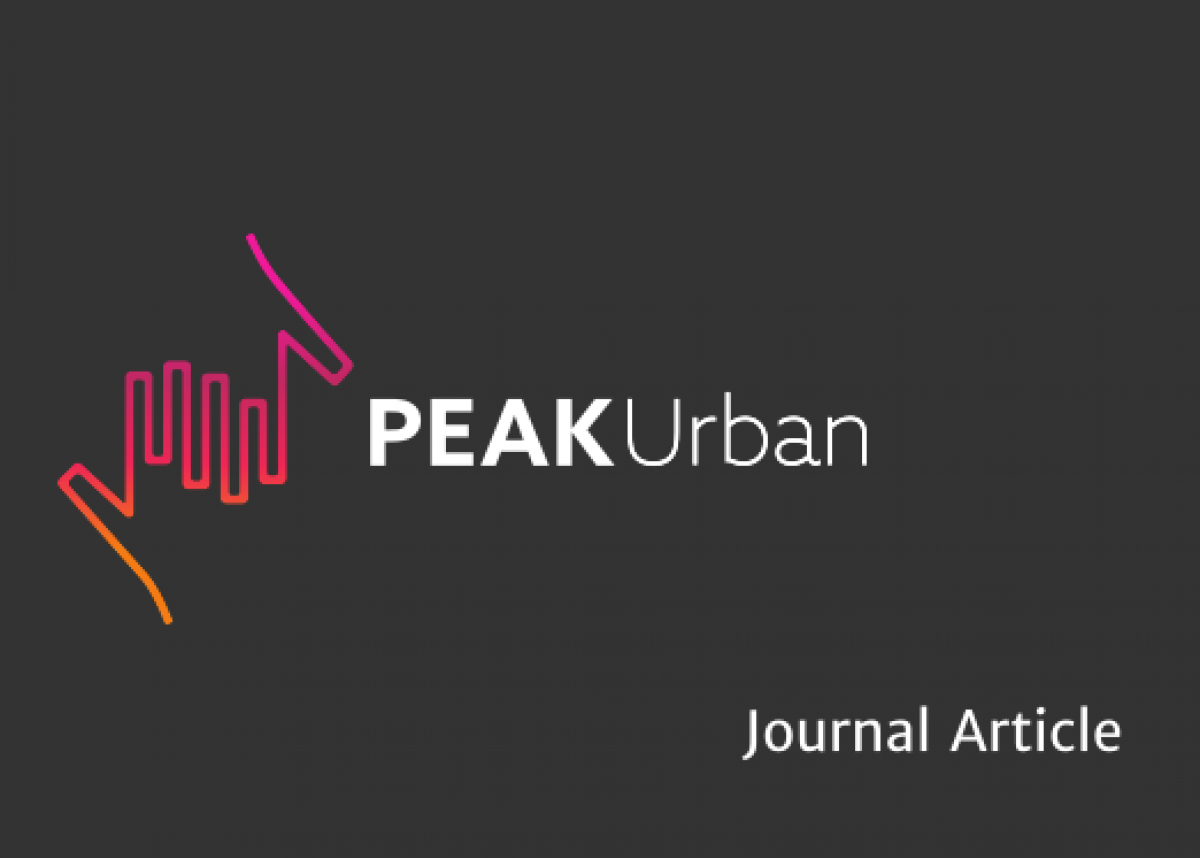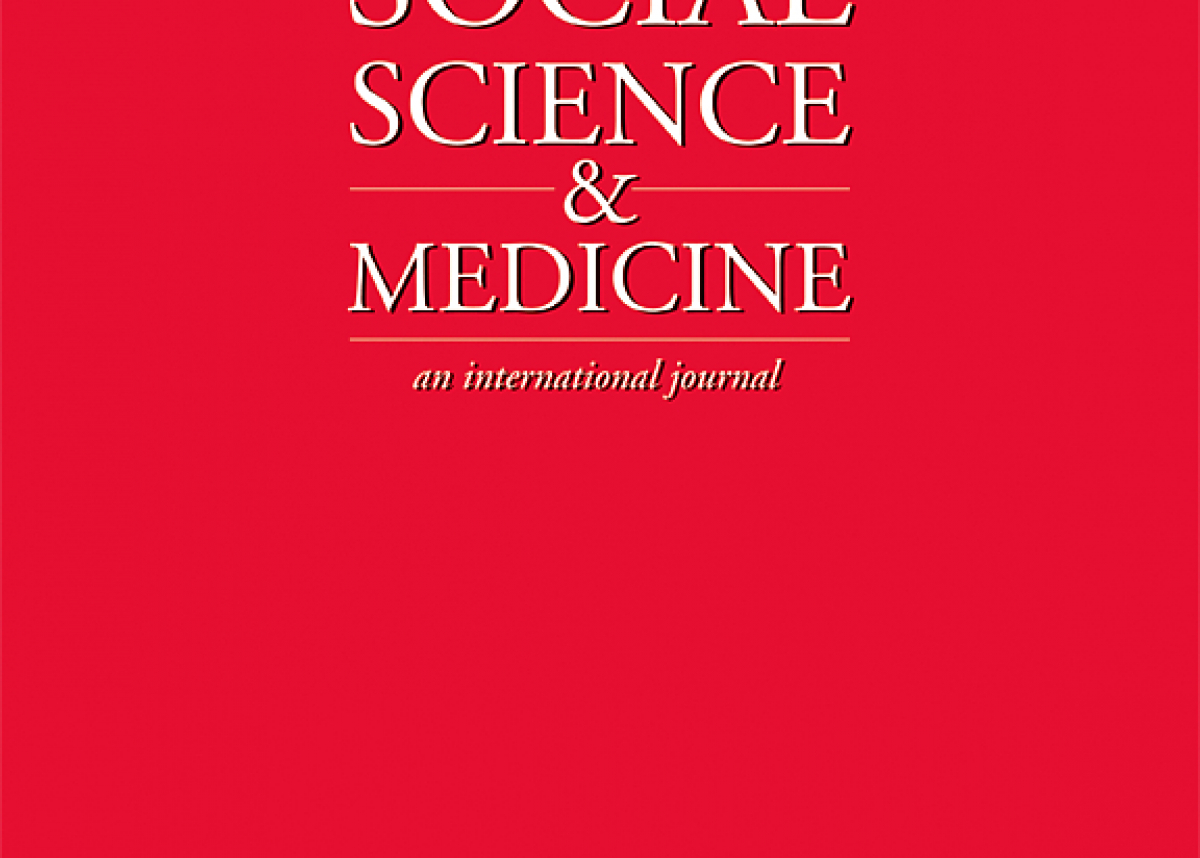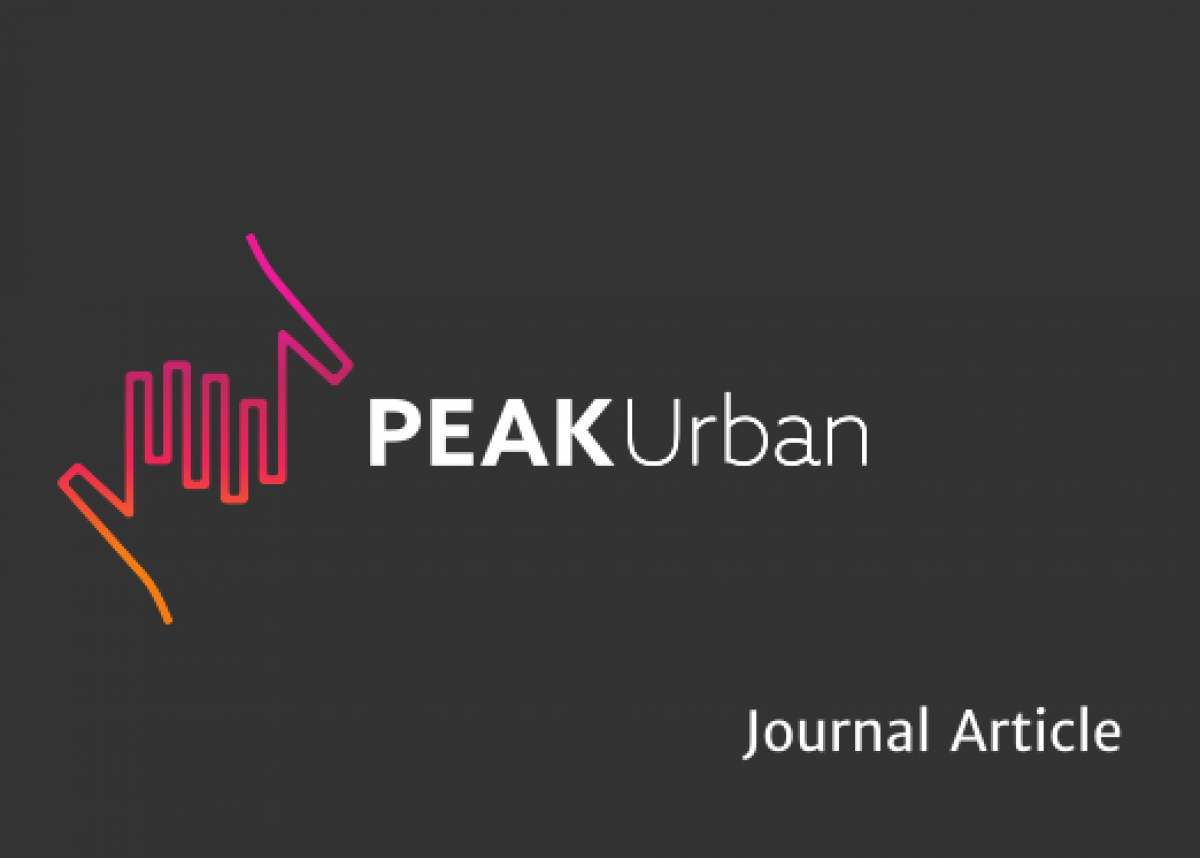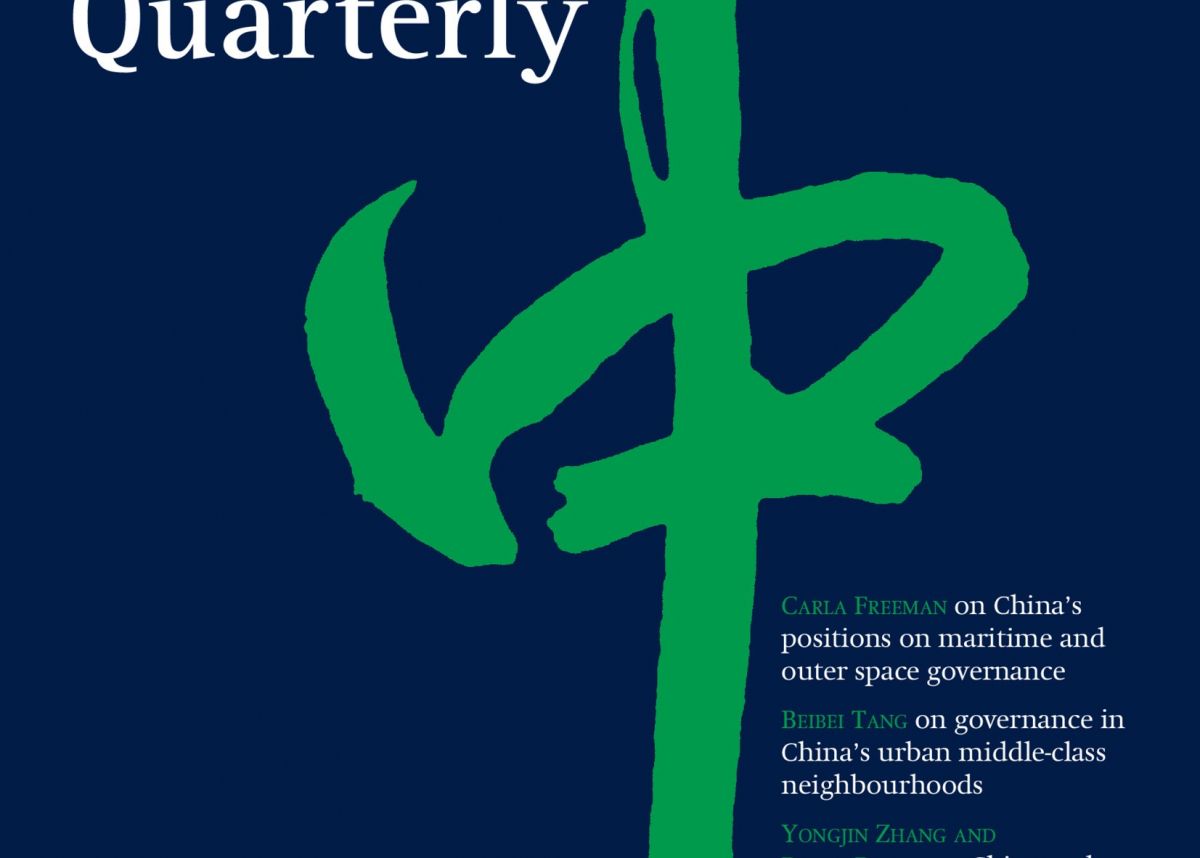
Migration, Transition and Planning Responses in China
After nearly 40 years of rapid development, China’s internal migration and urbanisation process has entered a transformation phase, presenting a series of new features. PEAK Urban research colleagues at Peking University have long been concerned with issues of internal migration, urbanisation and urban-rural development in China. Using the PEAK framework, the team has expanded the social impact of their research through effective collaboration with central, provincial and city government departments, research institutions, planning and design agencies and the media.
This brief draws on two research projects the team has undertaken since 2018, in collaboration with central government departments and related research institutions. The first, Structural change and spatial demands for China’s population and internal migration, was completed to provide policy recommendations and consultation reports to the compilation team of the “Outline of the National Territory Spatial Planning (2021-2035)” led by the Ministry of Natural Resources. The second, Changing spatial patterns of population distribution and their influence on urbanisation and urban systems in China, was a collaborative project with the National Development and Reform Commission. The results of this project were used in a series of government reports related to China’s 14th Five-Year Plan. The brief describes the characteristics of China’s internal migration, accounting for size, structure and spatial patterns. It identifies the dilemmas faced by internal migrants – an important group in urban communities – and puts forward relevant planning and policy suggestions to promote future high-quality development via China’s New-type Urbanisation.



